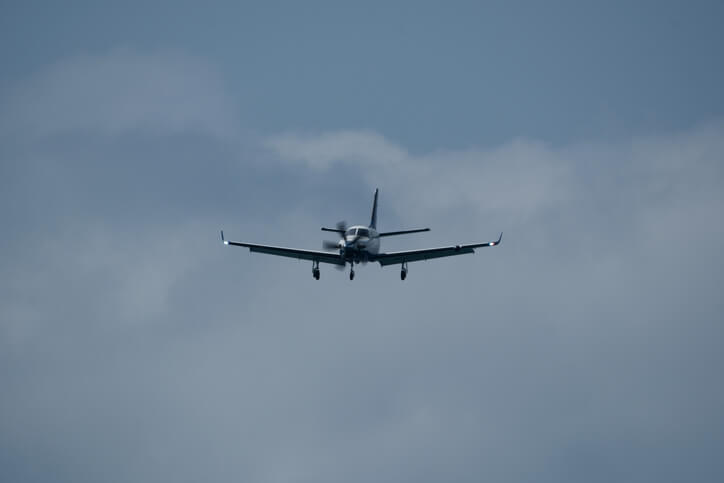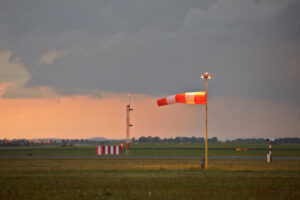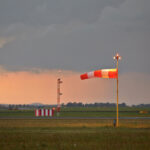Contact Approach as an Option
In the vast world of aviation, pilots have various approaches at their disposal to ensure safe landings. One method is the contact approach. While not as commonly discussed as visual or instrument approaches, understanding the nuances of a contact approach can add another tool to a private pilot’s skill set. Let’s delve into what a contact approach entails, the conditions for its use, and how it compares to other approaches.
What is a Contact Approach?
A contact approach is a type of instrument approach procedure that allows a pilot operating under instrument flight rules (IFR) to proceed to the airport when weather conditions are marginally below standard visual approach minima. It can only be executed upon the pilot’s request and with air traffic control (ATC) approval. Unlike typical instrument approaches, a contact approach does not rely on a specific charted procedure but instead requires the pilot to maintain visual contact with the ground.
Contact Approach vs. Other Approaches
- Visual Approach:
- A visual approach is conducted under visual flight rules (VFR) and requires clear weather conditions to maintain sight of the airport and preceding traffic. It’s initiated by ATC or the pilot when visual conditions are sufficient.
- Instrument Approach:
- An instrument approach uses navigational aids and published procedures to guide the aircraft to the airport in poor visibility conditions. It relies heavily on instruments rather than visual cues.
The contact approach bridges these two by allowing pilots some flexibility. It’s akin to a visual approach but initiated under IFR conditions, where standard visual approaches aren’t feasible.
Conditions for Requesting a Contact Approach
- Ground Visibility: The airport must have at least one statute mile of reported ground visibility.
- Clear of Clouds: Pilots must remain clear of clouds and maintain visual reference with the terrain.
- Pilot Responsibility: The pilot assumes responsibility for obstacle clearance, which makes situational awareness crucial.

Benefits and Risks of a Contact Approach
Benefits:
- Flexibility: Allows pilots to descend and navigate visually, potentially shortening the flight path and saving time.
- Efficiency: Can reduce the need for lengthy instrument procedures, making for a more direct approach.
Risks:
- Terrain and Obstacle Clearance: Without specific guidance from a procedural chart, pilots must be vigilant about terrain and obstacles.
- Weather Variability: Rapid changes in weather conditions can lead to reduced visibility unexpectedly.
Executing a Contact Approach
- Request from ATC: The pilot must explicitly request a contact approach. ATC cannot initiate it.
- Maintain Situational Awareness: Stay vigilant of weather conditions and terrain throughout the approach.
- Follow ATC Instructions: Adhere strictly to ATC directives to ensure safe integration with other traffic.
Regulatory Considerations
- FAA Regulations: The FAA outlines specific conditions under which a contact approach can be requested. It’s essential for pilots to familiarize themselves with these to ensure compliance.
- Pilot Certification: Ensure that your IFR certification and proficiency allow for executing such approaches safely.
A contact approach provides pilots with a unique option when dealing with marginal weather conditions. By understanding its requirements and maintaining a sharp focus on situational awareness and ATC communication, pilots can safely and effectively utilize this approach. As with any flight procedure, thorough preparation and adherence to regulations are key to ensuring a successful and safe landing.
RELATED CTS TRAINING
RELATED CTS TRAINING









